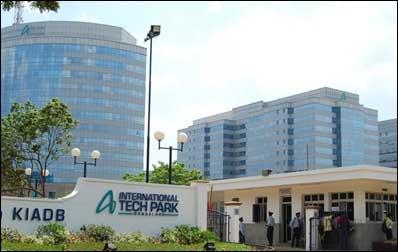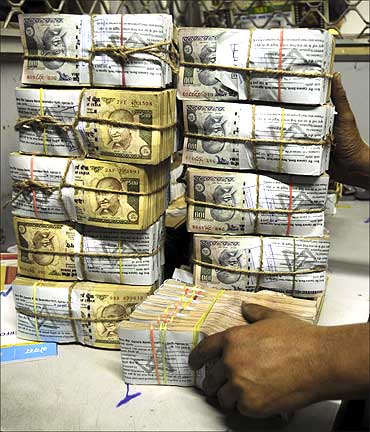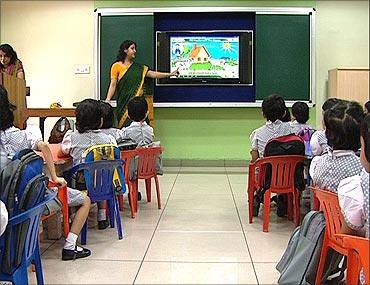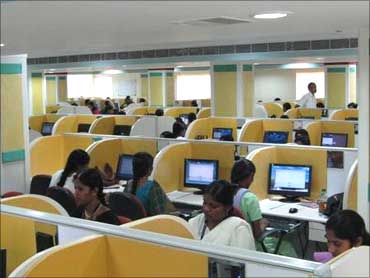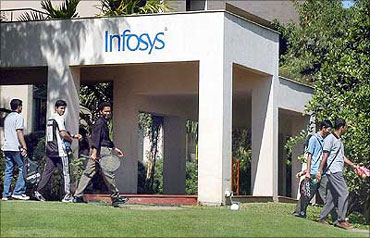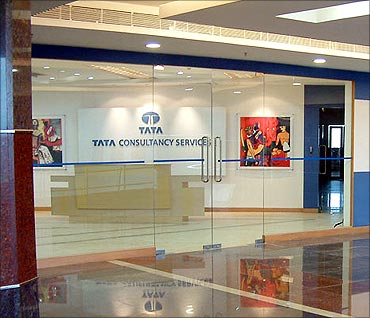 | « Back to article | Print this article |
What the IT industry wants from the Budget
The Union Budget 2011-12 is likely to be a non-event for the Indian IT sector as the wish list is predominately skewed with mid to small-size IT companies vying for the extension of STPI (10A/10B) scheme.
In the last budget, the government did not pay heed to the same outcry by these companies and left the expiry of the scheme for March 2011. Currently, most tier-I companies have their 10-year window utilized for majority of their STP and they are growing at a rapid pace, so they are not too sensitive about the extension.Click NEXT to read on . . .
What the IT industry wants from the Budget
Also, the Indian government has started focusing on e-governance lately, with its various initiatives such as RAPDRP, UIDAI and Sarva Shiksha Abhiyan; this is also a space to look out for if the government decides on increasing the outlay related to these schemes to move towards modernisation.
Click NEXT to read on . . .
What the IT industry wants from the Budget
Looking at the recovery in developed markets everyone wants to bet on IT sector. The dollar movement has also been supportive in letting companies increase their revenue guidance recently.
Click NEXT to read on . . .
What the IT industry wants from the Budget
Currently a company has to pay both VAT and Service Tax on Packaged Software. In Maharashtra State, MVAT Tax schedule wherein the VAT on Software is specified currently as 5 per cent.
Based on the above explanation it appears to be not equitable as an item cannot be treated both as goods and services.
In cities like Mumbai one also pays octroi additionally. In this background, the industry emphasis that packaged software should be treated as one class either a service or as goods, and not subject to multiple states and central levies.Click NEXT to read on . . .
What the IT industry wants from the Budget
The Indian IT industry has sought extension of tax benefits under the Software Technology Parks in India (STPI) scheme and, if government extends the benefit, it will be a big positive for the sector.
The sector wants the extension till the DTC comes into force, which was scheduled for April 2011 but was postponed till April 2012. The focus could be on Tier-I and Tier-II cities.
The industry has also sought simplification of the tax structure to encourage investments and simplification of Refund of Service Tax on Inputs to Exporters.
Click NEXT to read on . . .
What the IT industry wants from the Budget
There is also demand for reduction of Minimum Alternative Tax or Exemption. The industry has also demanded to abolish the Special Additional Duty (SAD), which is charged on IT products and components.
The industry seeks clarity on double taxation of service tax and VAT/CST. Confusion on double taxation on software products continues to impact the industry.Click NEXT to read on . . .
What the IT industry wants from the Budget
Also, removal of dual levy of Service tax on 'Right to Use Software' transactions.
Update on deputation and technical manpower (DTM) clause.
Recently, Indian tax authorities have asked IT companies to pay taxes on onsite revenues. Though IT companies are contesting these claims, a ruling against IT companies would be negative for the entire sector.Click NEXT to read on . . .
What the IT industry wants from the Budget
Analyst Expectations
IT industry's demand for STPI extension may be accepted.
Tier II and Tier III companies would benefit from the extension of the STPI scheme as Tier I companies have mostly exhausted the maximum 10 year holiday period.
In the event of non-extension of the tax benefits under STPI, the effective tax rates would increase by 700 - 800 basis points to 25-28 per cent in FY2012.
However, this is already known and factored in. But any possible extension could be a positive surprise, especially for mid cap companies.Clarifications are expected in the current budget about the issue of double taxation.
Click NEXT to read on . . .
What the IT industry wants from the Budget
Companies to watch
Infosys, TCS, Wipro; Amongst small and medium IT companies Persistent Systems, KPIT Cummins Infosystems, Geometric.
Click NEXT to read on . . .
What the IT industry wants from the Budget
While earnings of the IT/ ITeS companies have been positive so far, revenue growth is a concern for IT companies.
Volume growth has been slower than expected. The managements of IT companies are confident that future outlook would be better with increasing IT budgets. Also discretionary spending is witnessing a revival. While the big-players are not facing problems currently, the small and mid-sized ones are struggling to grow post the recession, and so a slew of measures such as the STPI extension and tax clarifications would provide an improvement in their bottom-lines that would fuel future growth.